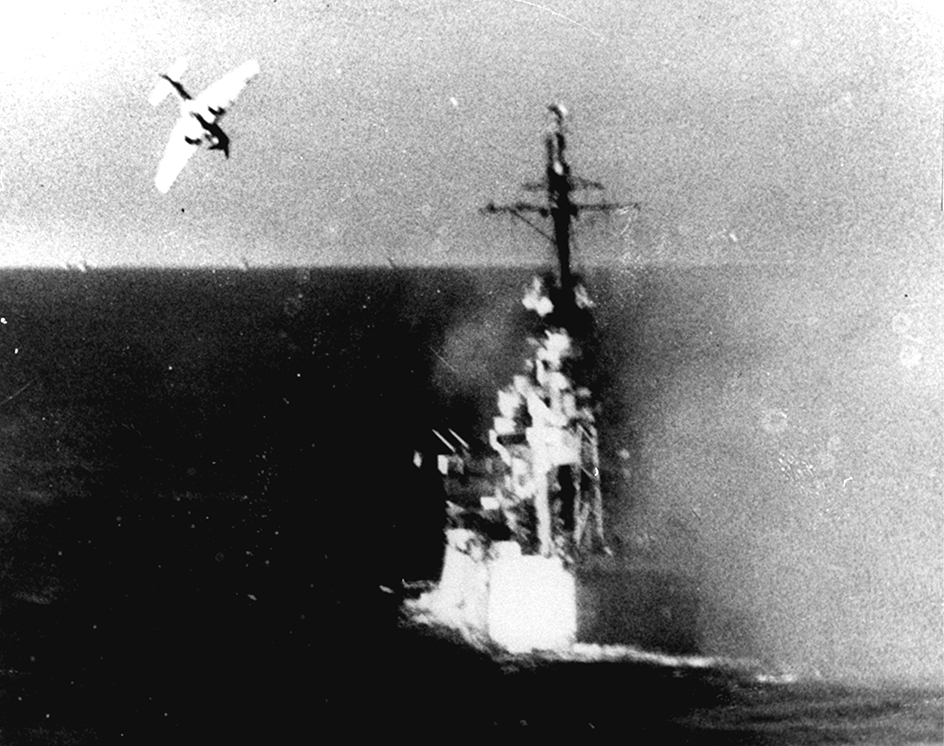Kamikaze, << `kah` mee KAH zee, >> were Japanese pilots who flew suicide missions during World War II (1939-1945). The kamikazes were trained to dive airplanes loaded with explosives into important targets, such as American warships. The suicide planes were also called kamikazes.

Japan had exhausted its military resources after years of war in China and Southeast Asia. Its military leaders viewed the kamikazes as the last hope of stopping the powerful Allied advance. Fliers who volunteered for kamikaze missions considered it a privilege to die for their emperor.
The first kamikaze attacks occurred in October 1944 during the Allied campaign to drive the Japanese out of the Philippines. More than a thousand kamikazes took part in the defense of Okinawa in 1945. They sank at least 30 ships. They also damaged more than 350 others. But the kamikazes failed to sink any large aircraft carriers, their main targets. In time, kamikaze missions proved to be a waste of trained pilots. They became more important as a symbol of resistance than as a weapon.
The word kamikaze means divine wind. It originally referred to a typhoon that destroyed a fleet sent by the Mongol ruler Kublai Khan to conquer Japan in 1281.
